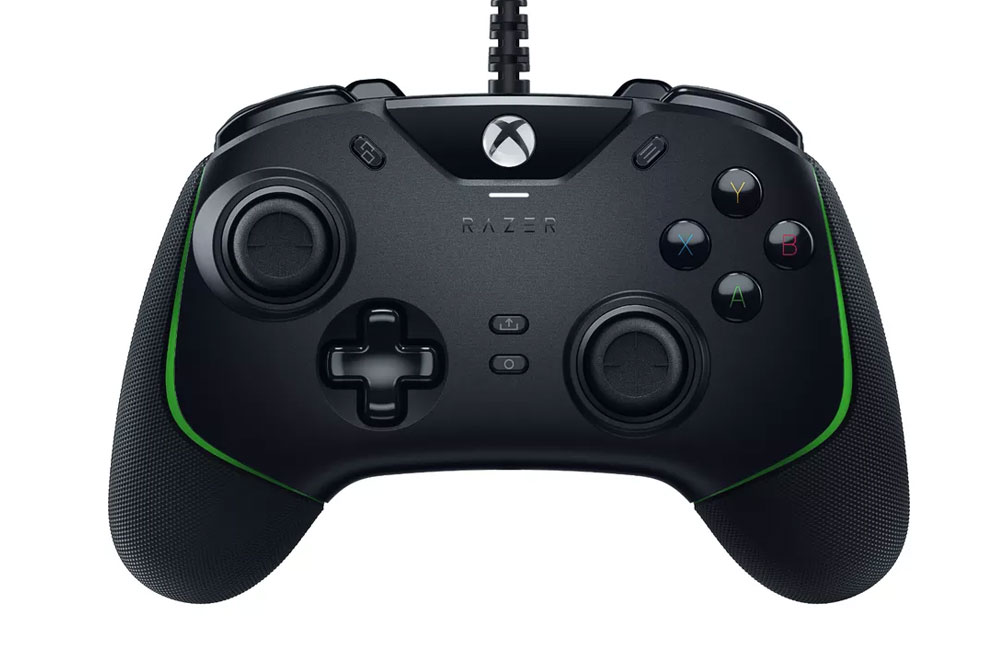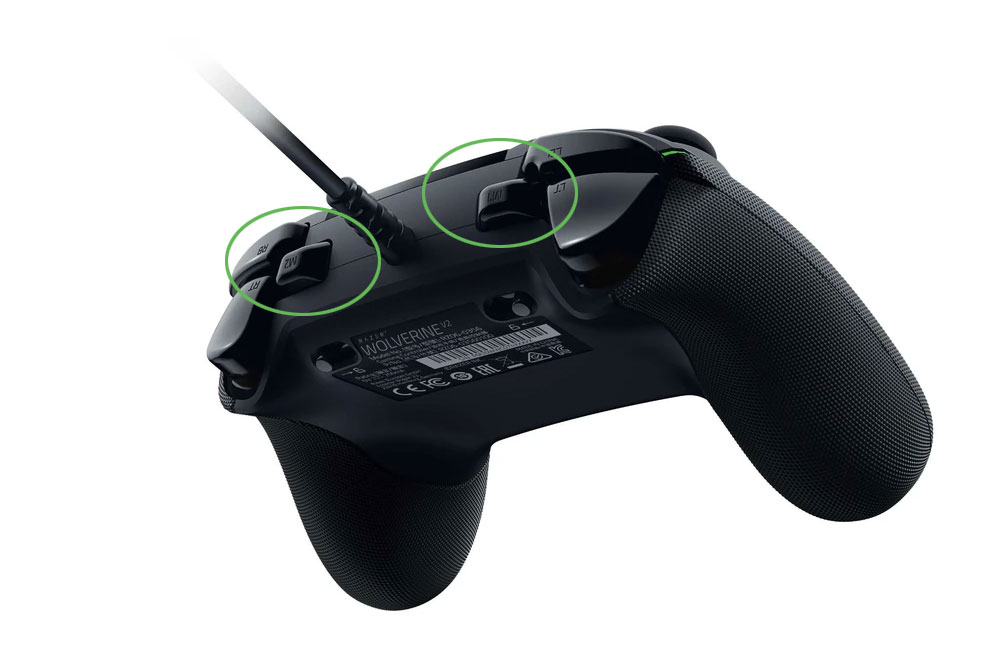Optus Mobile Review ALDI Mobile Review Amaysim Mobile Review Belong Mobile Review Circles.Life Review Vodafone Mobile Review Woolworths Mobile Review Felix Mobile Review Best iPhone Plans Best Family Mobile Plans Best Budget Smartphones Best Prepaid Plans Best SIM-Only Plans Best Plans For Kids And Teens Best Cheap Mobile Plans Telstra vs Optus Mobile Optus NBN Review Belong NBN Review Vodafone NBN Review Superloop NBN Review Aussie BB NBN Review iiNet NBN Review MyRepublic NBN Review TPG NBN Review Best NBN Satellite Plans Best NBN Alternatives Best NBN Providers Best Home Wireless Plans What is a Good NBN Speed? Test NBN Speed How to speed up your internet Optus vs Telstra Broadband ExpressVPN Review CyberGhost VPN Review NordVPN Review PureVPN Review Norton Secure VPN Review IPVanish VPN Review Windscribe VPN Review Hotspot Shield VPN Review Best cheap VPN services Best VPN for streaming Best VPNs for gaming What is a VPN? VPNs for ad-blocking The important additions are under the hood though, with the controller now featuring mechanical buttons on the D-Pad and the four face buttons – something Razer refers to as ‘Mecha-Tactile’ buttons. Like a mechanical keyboard, the Mecha-Tactile buttons remove the sponginess of regular controller buttons with short travel and fast, sharp snapback. At first the mechanical buttons seem a bit noisy, especially when you consider how frequently you may press the face buttons while playing almost any game. The sound is similar to the noise a retractable pen makes. But these buttons feel great to use and I found that the sound disappeared as soon as I started playing something. Like many controllers in this price range, the Wolverine V2 has hair trigger switches on the back, allowing you to easily toggle on a shorter trigger pull for faster response in shooters and then switch back for games that make use of the range of a standard trigger, like driving sims and FIFA. To make use of the controllers other features, you can download a customisation app for the Wolverine on both PCs and your Xbox. Here you can adjust the range of vibration from the controller and customise the button assignments for four of the buttons: the share and menu buttons, and the two extra buttons next to the triggers, known as M1 and M2. A neater solution may have been to use paddle buttons on the arms of the controller instead, like you find the more expensive Wolverine Ultimate controller. The key here is ‘more expensive’ and while this might make the buttons easier to reach, we wouldn’t want to make the Wolverine V2 more expensive overall. We also wonder whether people would prefer to be able to assign custom controls to more than the four buttons you have access to. I don’t think I’d make much use of this sort of a feature – I’m such a creature of habit – but it seems strange to limit this to just a handful of buttons. Firstly, the difference in response time was noticeable on an Xbox One compared with a standard wireless Xbox controller. It’s hard to quantify the difference in this experience, but it is there and you can feel it. Also, the attached 3m USB cable is long enough to comfortably cross the space between my TV and couch, which I feel is a comfortable distance to watch and play. I also didn’t mind wrapping it up each evening before putting the controller away. It just isn’t that big of a deal. My only concern is that the cable on the Wolverine V2 is hard wired to the controller, unlike with the Ultimate and Tournament Edition Wolverine controllers. There is a point that the cable separates close to the USB end, but if you broke the cable on the side closer to the closer, there’d be no way to fix it and you’ll need to replace the entire controller. I think Clutch Sensitivity is an excellent feature that has the potential to really improve gaming performance. There are a few things I’d change about the design of the controller before V3, but overall it’s a decent upgrade from the standard included controllers you get with a new console and at a decent price too.

